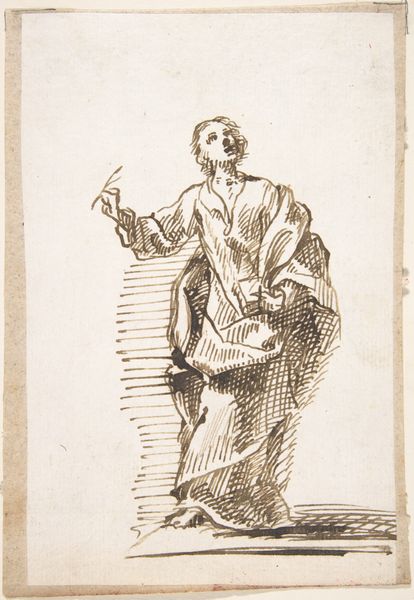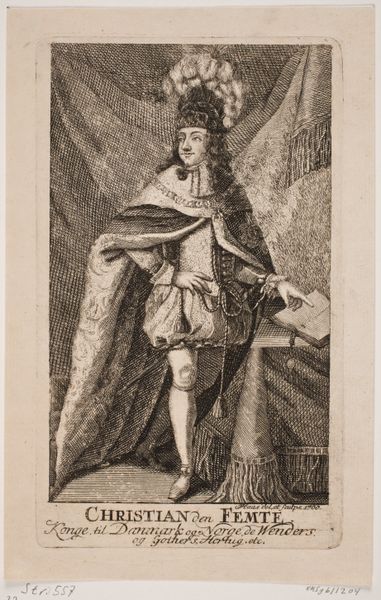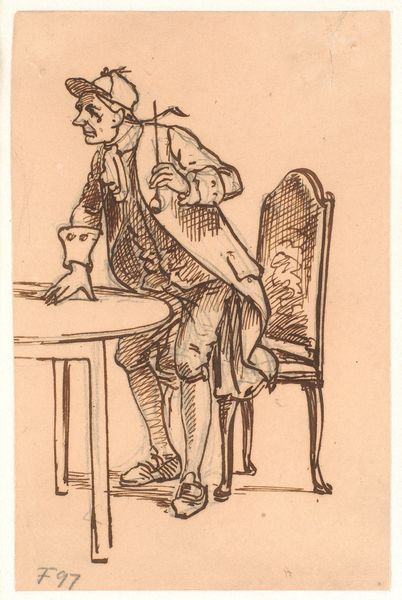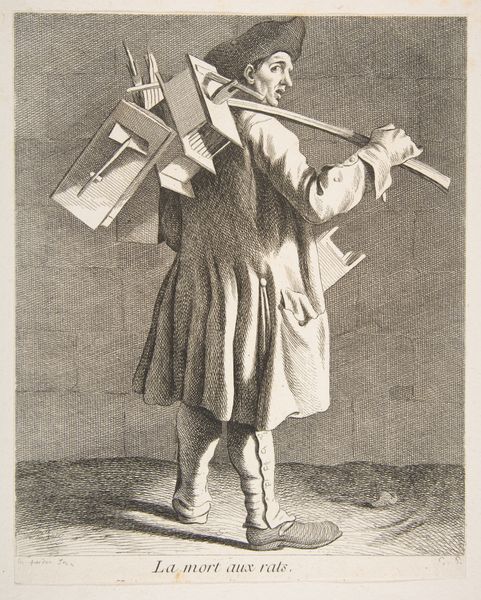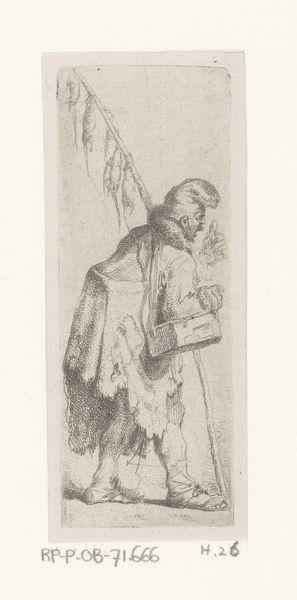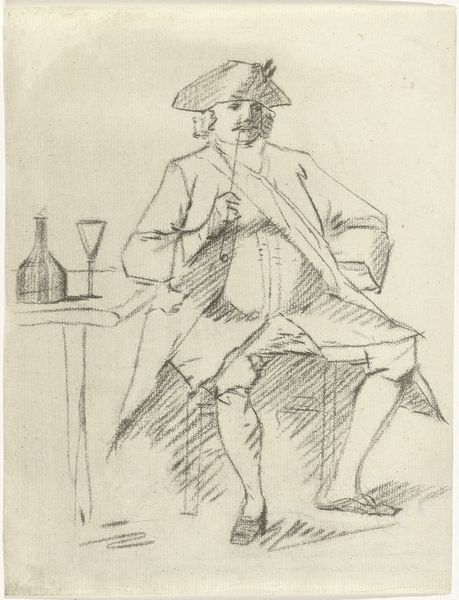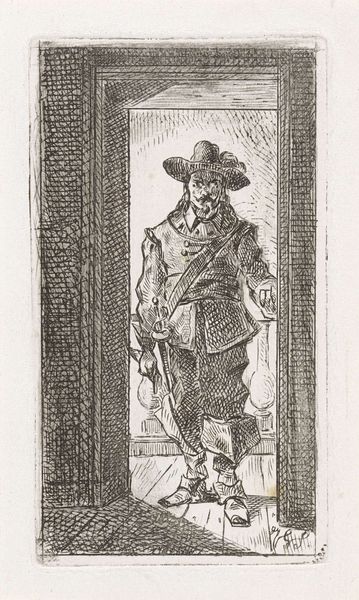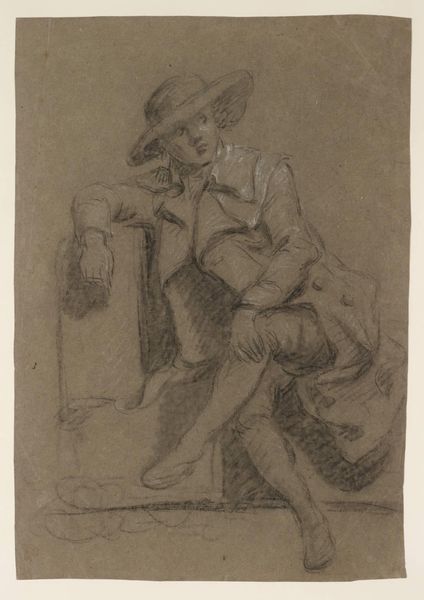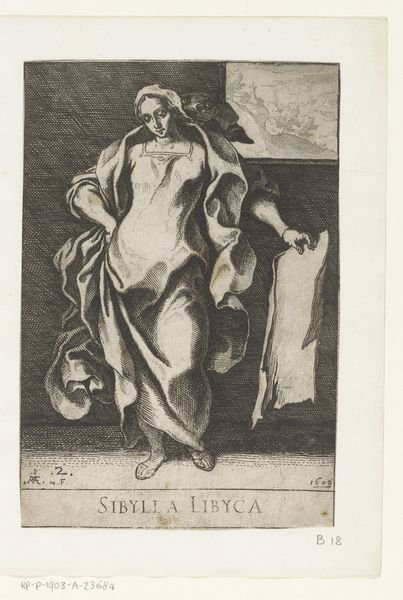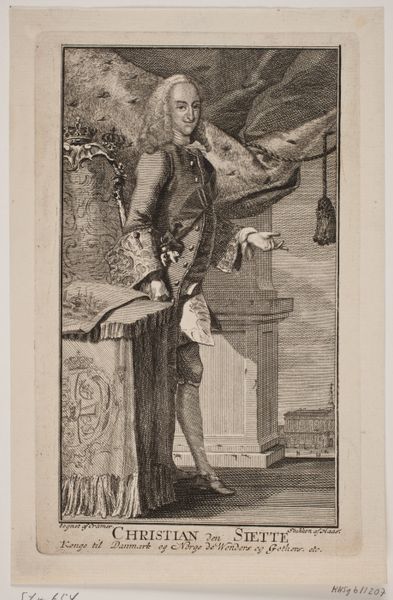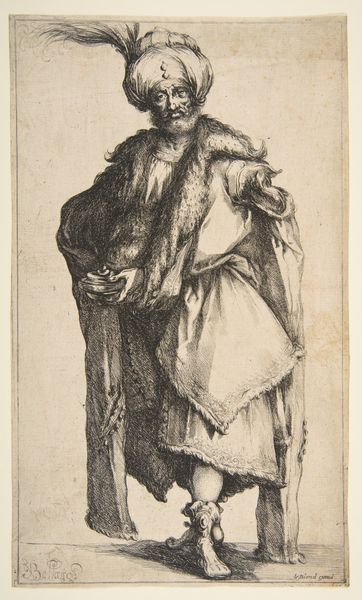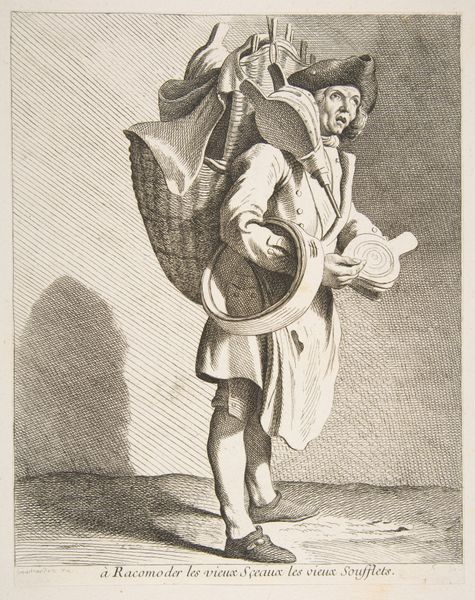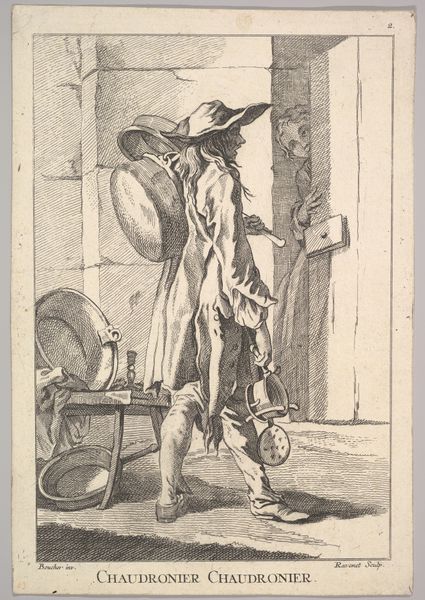![Frontispiece to the 2nd Edition of Lord St[anhop]e's Observations on Mr. Pitt's Plan of Finance by James Sayers](/_next/image?url=https%3A%2F%2Fd2w8kbdekdi1gv.cloudfront.net%2FeyJidWNrZXQiOiAiYXJ0ZXJhLWltYWdlcy1idWNrZXQiLCAia2V5IjogImFydHdvcmtzL2FlMmVjODkzLTY0NGYtNDMyMi04MmIyLWM4YTlmZDgyYWFkNy9hZTJlYzg5My02NDRmLTQzMjItODJiMi1jOGE5ZmQ4MmFhZDdfZnVsbC5qcGciLCAiZWRpdHMiOiB7InJlc2l6ZSI6IHsid2lkdGgiOiAxOTIwLCAiaGVpZ2h0IjogMTkyMCwgImZpdCI6ICJpbnNpZGUifX19&w=3840&q=75)
Frontispiece to the 2nd Edition of Lord St[anhop]e's Observations on Mr. Pitt's Plan of Finance 1786
0:00
0:00
drawing, print, etching
#
portrait
#
drawing
#
neoclacissism
# print
#
etching
#
caricature
#
figuration
#
england
#
men
#
line
#
portrait drawing
#
history-painting
Dimensions: sheet: 9 15/16 x 6 in. (25.3 x 15.3 cm)
Copyright: Public Domain
Curator: James Sayers etched this satirical print titled "Frontispiece to the 2nd Edition of Lord St[anhop]e's Observations on Mr. Pitt's Plan of Finance" in 1786. It’s currently held at the Metropolitan Museum of Art. What do you make of it? Editor: Visually, it's a chaotic but striking composition. The exaggerated figure dominates the frame, yet there’s an almost oppressive sense of confinement within the lines. The frenetic hatching lends itself well to caricature, creating a feeling of anxiety. Curator: Absolutely. Sayers's caricature takes aim at Prime Minister William Pitt the Younger, criticizing his financial policies. This print needs to be read in its socio-political context. Lord Stanhope, whose observations the print references, was a vocal critic of Pitt. Editor: The linear quality reminds me of neoclassicism, even though the overall image teeters towards distortion. It creates a strong contrast. Observe the fine lines that shape the face and clothing—there is incredible precision at work. Curator: Pitt's precarious stance atop the book, his outstretched hand seemingly grasping at shadows... it all speaks to the instability of his financial strategies and his increasing unpopularity. These kinds of caricatures played a crucial role in shaping public opinion. They are key objects in understanding how the British viewed power in the late 18th century. Editor: And notice how the print is composed of contrasts: light and dark, stable lines and agitated marks. It seems intentional. This use of juxtaposition mirrors the subject’s perceived contradictory nature of fiscal conservatism that attempts innovation. Curator: Indeed, the print served as a potent visual argument in a pamphlet war waged against Pitt's fiscal plans, reaching a wide audience beyond the traditional elite. This artwork highlights how political critique can manifest and spread among a growing public audience. Editor: This experience confirms my feeling of the picture's intentional disarray. What I had thought was a purely visual trick now reads more deeply: that chaotic arrangement functions politically and historically. Curator: Precisely. It demonstrates art’s function beyond aesthetics—art shaping socio-political thought and debate in that era. Editor: Yes, this etching rewards close looking to discern its underlying formal intentions but ultimately becomes enlivened by considering its context.
Comments
No comments
Be the first to comment and join the conversation on the ultimate creative platform.
